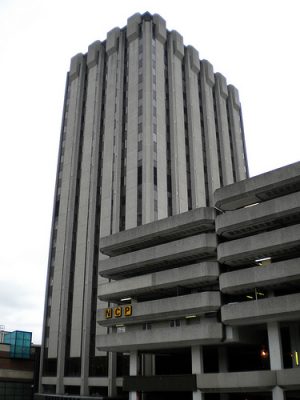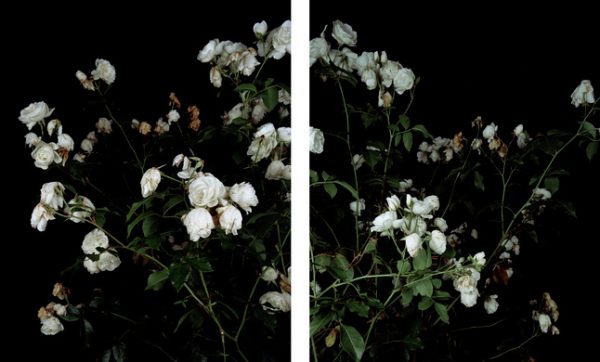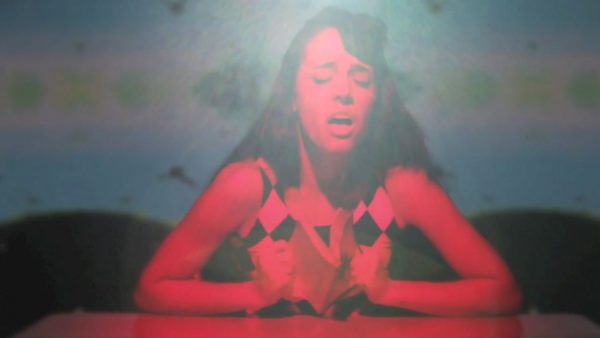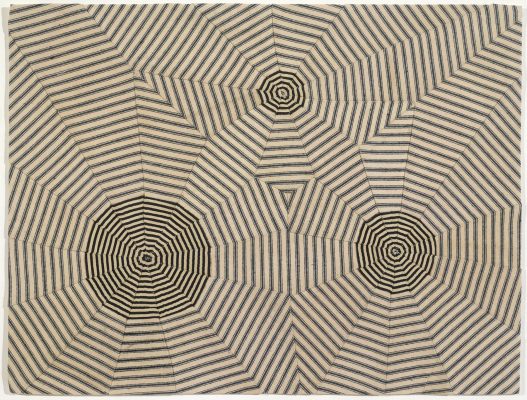He goes home, soaked and sober, and tells his wife. She, the story goes, being practical and intelligent, climbs the church’s spire. Destroyed by lightning in 1446, it’s a mere stump. She carries molten lead up with her. How? Where is it heated? There are holes in the story and holes in her pot, a frying pan, the tale goes, rusted through.
Multiple versions of this story exist. In the first it’s his dream, in others hers. She dreams three times, always of lead falling in perfect balls. Each time she wakes her husband, telling him he must try this out. The first two instances he ignores her, rolls over and goes back to sleep. The third time he finally agrees. He heats the lead; she climbs the stairs of their house and drops the molten metal (on his nose, apparently); as it falls it turns into perfect globes, thus inventing the lead shot for which her husband, William Watts, takes out a patent. I prefer the version in which he dreams and she experiments, where she is the hero of the story, the one who make things happen. Either way, her name is lost to history other than as ‘Mrs Watts’.
Soon William Watts converts a house just over the road from St Mary Redcliffe, where my three virgin sisters are entombed. He builds up a tower and down into the red sandstone below, so he can continue dropping lead into balls. In the paper he claims the tower ‘will remind spectators of the prospect of Westminster Abbey’. Instead the neighbours complain of the smell, and he prints this notice in the paper:
William Watts presents his compliments to the GENTLEMEN who united for the purpose of taking legal measures to procure the removal of his SMELTING and SHOT-WORKS, and begs leave to ask them, whether it is not as unreasonable, to expect he should knock down his SHOT-WORKS, because some people are offended with the smell occasion’d by that particular process, which may be conducted (with very little additional expense) as well on the heights of Mendip, as on Redclift-Hill—as it would be to require Mr. Crofs to demolish his great DISTILLERY, merely because those nauseous PIG-STIES, offend the delicate NOSES of a few Individuals? However, to obviate every cause of complain, as well as to disappoint that malignity which would be gratified by involving him in an expensive suit, WILLIAM WATTS will as soon as possible cause that process to be discontinued at Redclift-Backs, which alone can furnish the least cause of complaint.
*
The tower doesn’t move – not until 1968, when it is lost to a road-widening scheme, when the planners are giving over the city to cars and the sky to pedestrians. But shot is still made in the same way to this day. Watts does, however, leave Redcliffe for Clifton, where Bristol’s wealthy are now settling, while his own Westminster Abbey is eventually replaced by Brutalist concrete.
The balls he drops from the sky contain within them four ways to die: the lead, the drop, the shot, and poison. Arsenic and antimony are the alloys that cause the lead to form into a ball. It’s mere luck that Watts experimented with metal from the Mendip Hills, where just enough arsenic occurs naturally in the lead. After that supply is exhausted, workers add in arsenic, which the French call the poudre de succession – inheritance powder — and antimony, whose name comes from ‘monk killer’.
Antimony also means ‘against aloneness’ because it’s never found unalloyed. The phrase seems apt for William Watts, alone as he fights his neighbours in Redcliffe and rails against his detractors in the paper. Instead of discontinuing the works, he abandons the pig sties and Mr Crofs’s distillery for the cliffs of Clifton and the Avon Gorge’s fresh air. In the rock face he’ll cleave another wall, another drop. He invests in real estate, but first must build a retaining wall in the cliff, only the process turns out to be more expensive than he’d reckoned.
Work stalls. Notices are published in the paper, trying to sell the half-finished project. A boom in real estate has turned to a bust, and two years later, another notice appears. He’s bankrupt. His debtors are summoned to the Bush Tavern in Corn Street to divvy up his holdings. Still this doesn’t stop molten metal from dropping into spheres. The business carries on under different owners, making lead shot to be used in hunting. By the 1980s animal rights activists protest that the birds being stuffed full of lead shot too often live on, poisoned and poisoning. Production ceases in 1990.




